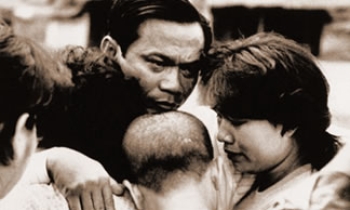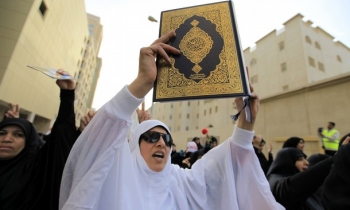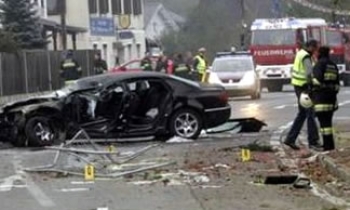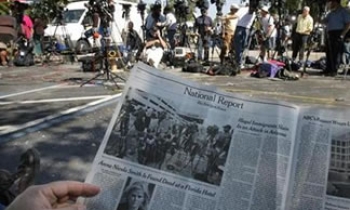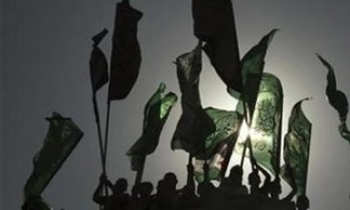Mediapersons and media houses in South Asia have suffered acute harassment during the first three quarters of 2005. They were killed, threatened with death, tortured physically and mentally, arrested, and detained both by state and non-state actors, according to a report.
The report by Media Monitor South Asia has specifically referred to the pathetic condition of journalists in Nepal and Pakistan. While, in the former the journalists have suffered because of the suspension of various articles of the Himalayan kingdom's constitution, including Article 13 that guaranteed press and publication rights, the Pakistani press remained at the receiving end because of the withdrawal of government advertisements.
Stating that the authoritarian regime in Nepal continues to assail media freedom by imposing arbitrary decrees, the report said that in the nine months since the February 1 takeover by King Gyanendra, scores of journalists working with the print and electronic media have faced arrests and detentions, humiliation, interrogation, physical and mental torture, and death threats both at the hands of the Nepalese army as well as Maoist insurgents.
Violence, both physical and verbal, against mediapersons was quite pronounced in Bangladesh, the report said. Fewer journalists have been killed this year so far, but there has been a visible growth in intolerance from both religious and leftist extremists who indulged in bomb attacks and killings of mediapersons. Some press clubs and media houses were ransacked, even bombed. The ruling establishment, on the other hand, has abused, filed criminal cases, threatened, and even used violence against mediapersons.
The report said that the involvement of the youth and students wings of political parties, including those in the government and their allies, has prevented prompt action by the civil administration including the police. It also referred to a statement by a cabinet member and politico-religious party leader declaring "over-exercise of democracy and press freedom" being the reasons for Bangladesh’s image crisis. Journalists were not spared even by the judiciary which slammed prison sentences and imposed fines on them in "contempt" cases.
In Pakistan, the media was hit badly by the withdrawal of government advertisements by the ministry of information at the federal level, and the department and directorate generals of information at the provincial levels.
Violence has been extensivley used against mediapersons and their establishments by state and non-state actors including banned extremist organisations that continue to operate under changed nomenclature, as well as certain tribal groups and leaders of political parties, the report said. Some press clubs, notably Lahore Press Club, newspaper offices and one private channel bureau were ransacked and their staffers subjected to threats and violence. Journalists were also targetted in the Waziristan tribal belt where the Pakistani army was engaged in an operation against foreign and local militants allegedly linked to Al-Qaeda.
About a dozen journalists were arrested and their publications banned under preventive laws. Even some hawkers were arrested on the charge of selling those publications which had not been banned till then. Journalists' and owner-editor bodies protested these arrests and bans, and called for action under normal laws. Later, cases against journalists were dropped.
In India, the main thrust of the media remained focused on foreign investment and the Right to Information Act that finally received the President’s assent after being cleared by both houses of Parliament. However, mediapersons and media organisations in India too faced intimidation and violence particularly in conflict-ridden areas.
The final version of the report, which has been authored by Hussain Naqi and Sadaf Arshad, will be released in January 2006.

